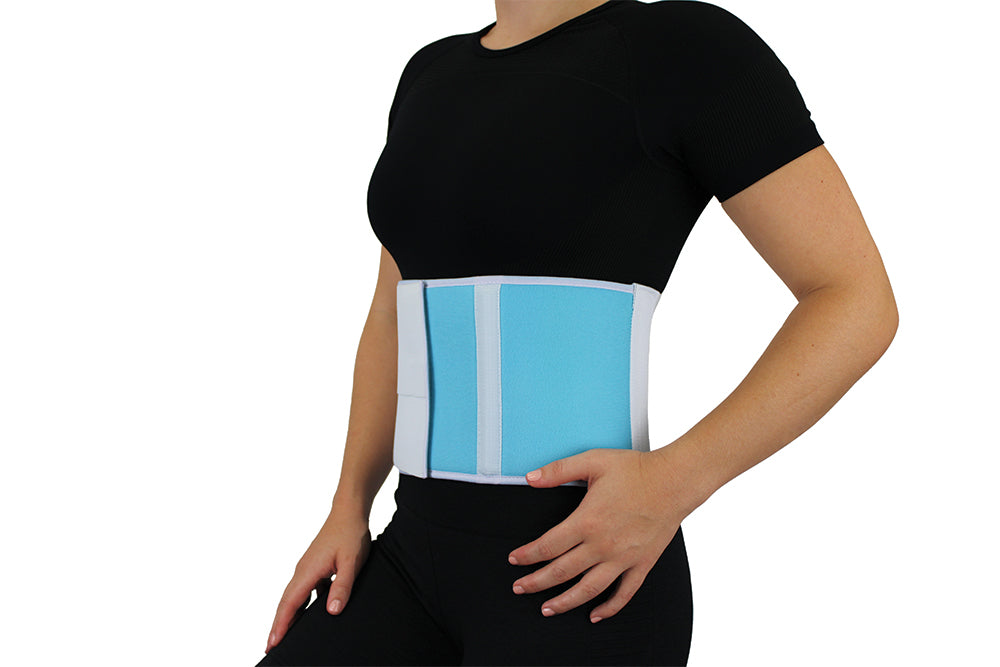Back Support - Women's
Description
Description
Overall, a woman's back brace is designed to help reduce pain, prevent injury, and support the lower back during physical activity or everyday tasks. It can be used for a variety of conditions such as lower back pain, herniated discs, and sciatica. It's important to consult with a healthcare professional to determine the appropriate type and fit of back brace for your individual needs.
Instructions
1. Position the back brace around your waist, making sure that the center of the brace lines up with the center of your lower back. The bottom of the brace should rest on your hips.
2. Fasten the main straps around your waist, pulling them snugly but not too tightly. The brace should feel supportive but comfortable.
3. Adjust the straps as needed to ensure a snug, comfortable fit. Make sure that the brace is not too loose or too tight, and that it does not restrict your breathing or movement.
4. Once the brace is properly positioned and secured, check that you can move and breathe comfortably. Avoid over-tightening the brace, as this can restrict your movement and breathing.
Care
Hand wash with mild soap in warm water. Rinse well and air dry. Do not machine wash, tumble dry, dry clean or use bleach or fabric softener.
Back Support - Women's - OSFM is backordered and will ship as soon as it is back in stock.
Description
Description
Overall, a woman's back brace is designed to help reduce pain, prevent injury, and support the lower back during physical activity or everyday tasks. It can be used for a variety of conditions such as lower back pain, herniated discs, and sciatica. It's important to consult with a healthcare professional to determine the appropriate type and fit of back brace for your individual needs.
Instructions
1. Position the back brace around your waist, making sure that the center of the brace lines up with the center of your lower back. The bottom of the brace should rest on your hips.
2. Fasten the main straps around your waist, pulling them snugly but not too tightly. The brace should feel supportive but comfortable.
3. Adjust the straps as needed to ensure a snug, comfortable fit. Make sure that the brace is not too loose or too tight, and that it does not restrict your breathing or movement.
4. Once the brace is properly positioned and secured, check that you can move and breathe comfortably. Avoid over-tightening the brace, as this can restrict your movement and breathing.
Care
Hand wash with mild soap in warm water. Rinse well and air dry. Do not machine wash, tumble dry, dry clean or use bleach or fabric softener.



